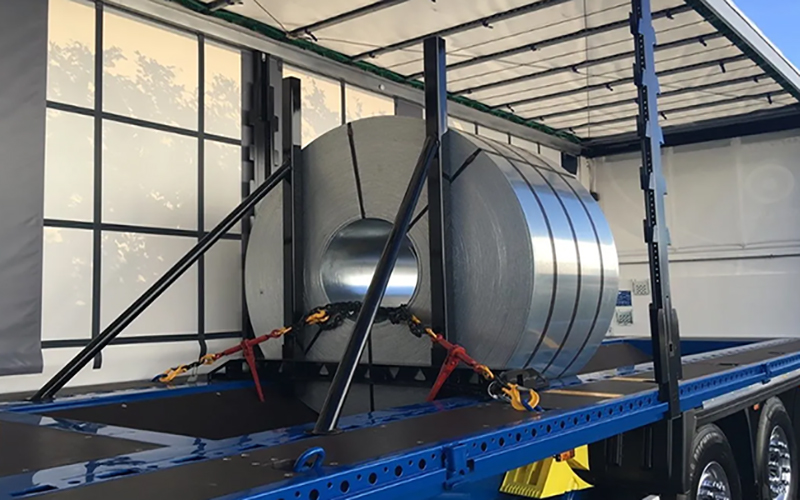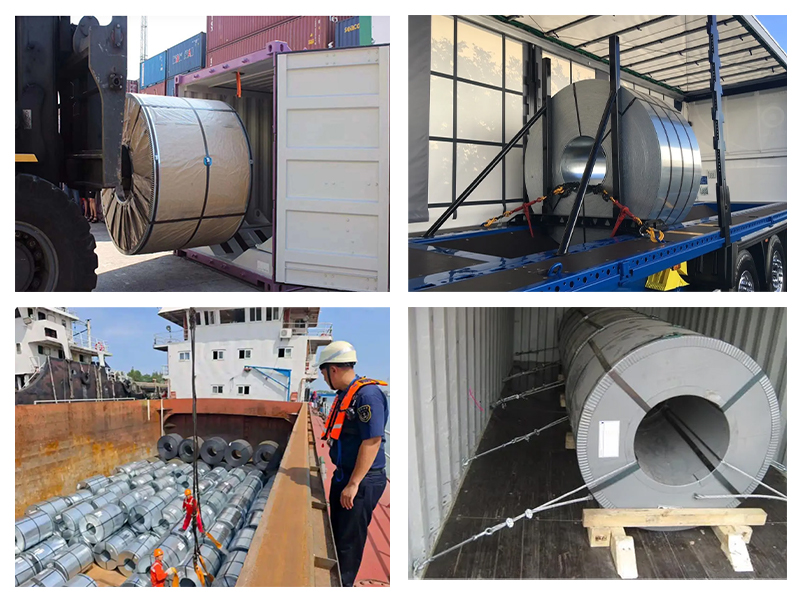- Home
- News
- Steel Coil Transportation: Why “Eye to Side” Placement Is the Global Standard for Safe Shipping
Steel Coil Transportation: Why “Eye to Side” Placement Is the Global Standard for Safe Shipping
When transporting steel coils, the positioning of each unit plays a critical role in ensuring both operational safety and the preservation of the product. The two principal configurations employed are “Eye to Sky,” where the central opening of the coil is directed upward, and “Eye to Side,” where the opening is aligned horizontally.
In the eye-to-sky orientation, the coil is positioned upright, resembling a wheel. This arrangement is typically selected for short-distance transport or for storing coils in warehouse facilities.While this method facilitates loading and unloading, it carries inherent risks during long-distance or ocean transport. Vertical coils tend to tilt, slide, or collapse if vibration or impact occurs, especially when the base area is small and support is insufficient.
On the other hand, the eye-to-side configuration positions the coil horizontally, spreading the load evenly across a stable base. This setup achieves a lower center of gravity and provides better resistance to rolling and shifting. Using wooden chocks, steel strapping, and tensioners, the coils can be firmly secured to prevent movement throughout the journey.
International transport guidelines, including the IMO CSS Code and EN 12195-1, recommend horizontal placement for both sea freight and long-distance trucking. For this reason, most exporters and shipping companies adopt eye-to-side loading as the standard practice, ensuring that every coil arrives at its destination in perfect condition—without deformation, rust, or damage.
Combining proper blocking, bracing, and anti-corrosion protection has proven to be the safest way to handle global shipments. This method, known as eye-to-side steel coil loading, is now the most effective solution for the transportation of goods.

